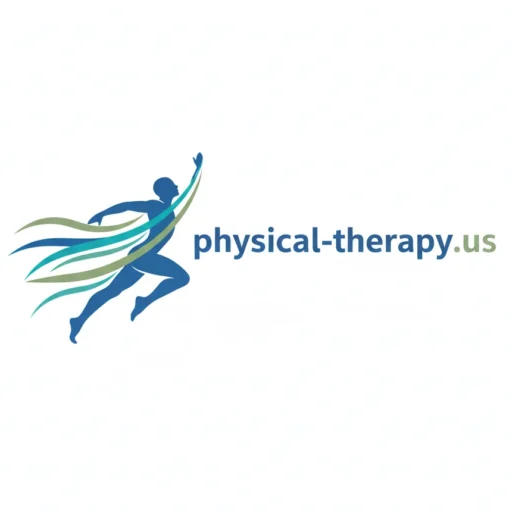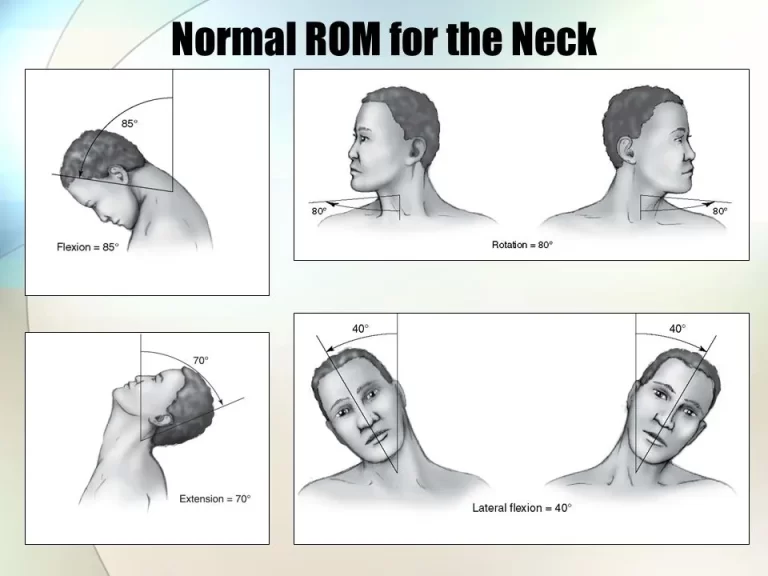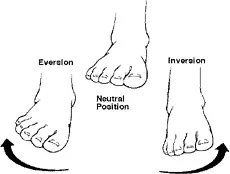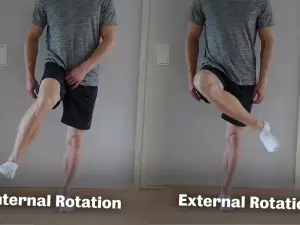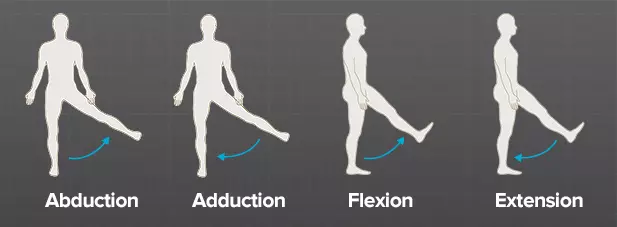Cervical Extension
Cervical Extension Cervical extension is a neck movement where you gently tilt your head backward, increasing the angle between your chin and chest. It’s commonly used to improve neck mobility and relieve stiffness. What is Cervical Flexion And Cervical Extension? The neck’s movements, mainly the forward and backward bending of the cervical spine (cervical vertebrae),…
